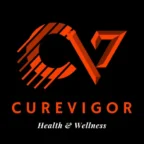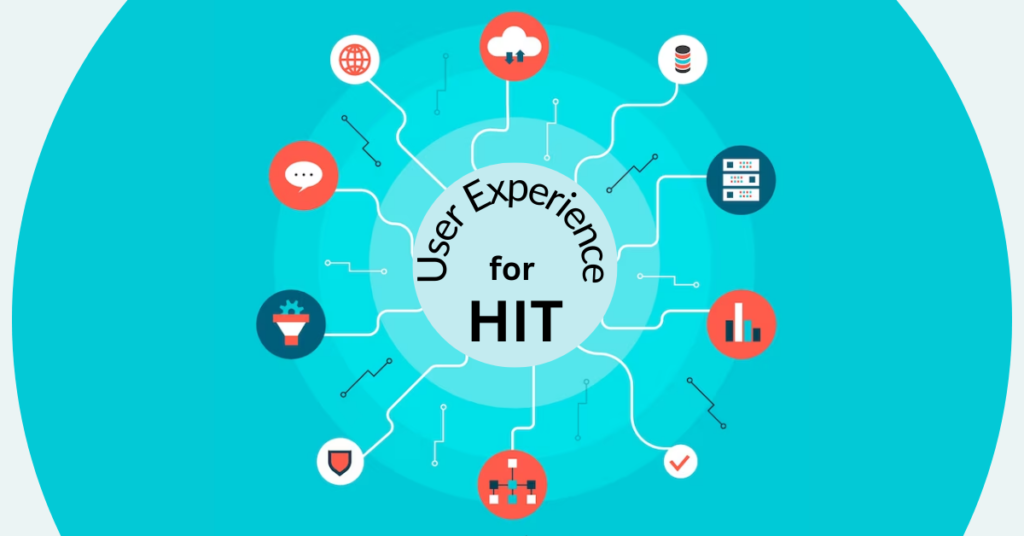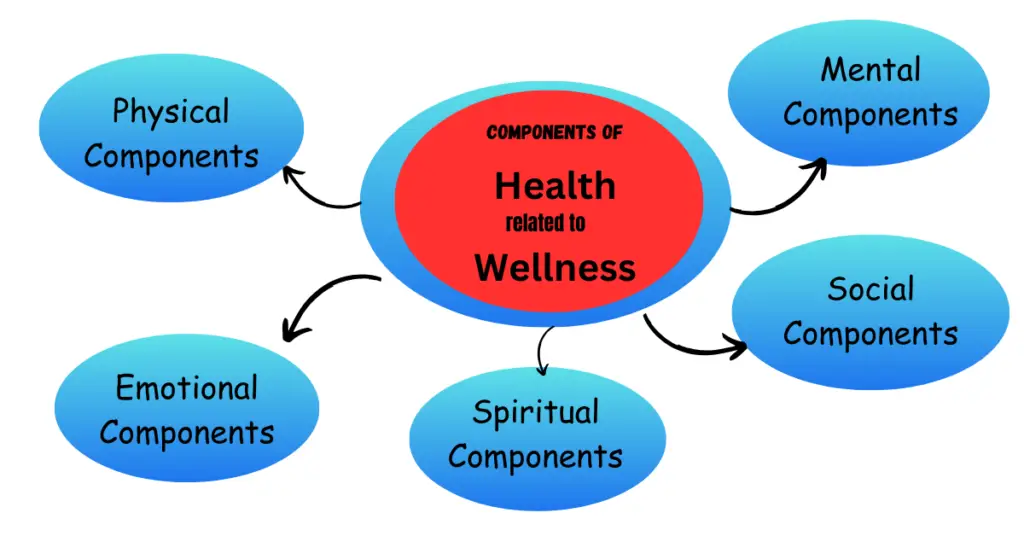Navigate the Future of Health Tech: Explore the User Experience and Usability of Health Information Technology. Enhance your digital health journey with seamless, intuitive solutions.
Contents
- 1 User Experience and Usability of Health Information Technology
- 2 The Importance of Usability and UX in Health Information Technology
- 3 Common UX Challenges in HIT
- 4 Strategies for Success
- 5 Real-World Examples
- 6 Conclusion on Future Perspectives for HIT
- 7 FAQs on Usability and UX in Health Information Technology Systems
User Experience and Usability of Health Information Technology
Imagine navigating a labyrinthine maze of confusing menus, incomprehensible data, and counterintuitive interfaces. In the world of health information technology (HIT) systems, this is all too often the reality for healthcare professionals and patients alike. Poorly designed systems can lead to errors, inefficiencies, and frustrations, jeopardizing patient safety and healthcare quality.
Health Information Technology (HIT) systems have become indispensable tools in the ever-evolving healthcare landscape. But their effectiveness hinges on a crucial factor: the user experience. Inefficient and inconsistent healthcare systems can pose a significant threat to patient safety, disrupt healthcare professionals’ workflow, and jeopardize the entire healthcare ecosystem. User experience (UX) and usability take center stage here.
Defining Duality
Usability refers to a system’s ease of use, efficiency, and effectiveness in achieving its intended goals. It’s the nuts and bolts of interaction, ensuring users can find information, complete tasks, and navigate the system with minimal friction. UX, on the other hand, encompasses the broader emotional and psychological impact of the interaction. It’s about delight, satisfaction, and building trust with the technology.
Why do they matter?
The benefits of prioritizing usability and UX in HIT are manifold. Well-designed systems can:
- Improve Patient Safety: Reduce errors in data entry or confusing interfaces to improve patient safety.
- Boost efficiency and workflow: Streamline processes and minimize wasted time searching for information.
- Empower patients: Patient portals with intuitive interfaces can enhance engagement and self-management of health conditions.
- Increase user satisfaction: A positive experience fosters trust in the technology and encourages adoption.
- Reduce costs: Optimized workflows and improved efficiency translate to financial savings for healthcare organizations.
The Importance of Usability and UX in Health Information Technology
It’s time to bridge the gap between technology and human needs. By prioritizing usability and user experience (UX) in HIT systems, we can unlock a cascade of benefits:
- Improved patient safety: Clear interfaces and efficient workflows minimize the risk of errors and medication mistakes.
- Enhanced healthcare professional productivity: User-friendly systems streamline processes, saving valuable time and reducing frustration.
- Empowered patients: Patient portals with intuitive interfaces can foster self-management and engagement in their health.
- Increased satisfaction: A positive experience with HIT systems fosters trust and builds better relationships between patients and providers.
- Reduced costs: Optimized systems lead to fewer errors and improved efficiency, ultimately saving healthcare organizations money.
Common UX Challenges in HIT
Despite the potential benefits, many HIT systems must improve usability and UX. Some of the most common challenges include:
- Complex interfaces: Cluttered layouts, confusing navigation, and inconsistent terminology can overwhelm users.
- Lack of customization: One-size-fits-all approaches fail to cater to individual user preferences and workflows.
- Inconsistent data entry: Disparate systems and data formats create friction and increase the risk of errors.
- Lack of training and support: Keeping users to fend for themselves can lead to satisfaction and high adoption rates.
Strategies for Success
The good news is that there are proven strategies for designing HIT systems with optimal usability and UX:
- User-centered design: Involve users throughout development, gathering feedback and iterating based on their needs.
- Simple and intuitive interfaces: Prioritize clarity, consistency, and logical workflows.
- Accessibility: Ensure the system is accessible to users with different abilities and varying levels of technical expertise.
- Mobile-first approach: Optimize the system for mobile devices, where healthcare access is increasingly prevalent.
- Continuous improvement: Implement a system for continuously collecting and responding to user feedback to refine the UX.
Real-World Examples
Several HIT systems are leading the way in user-centered design:
- Epic Systems’ EHR: Its customizable interface and robust training programs promote high adoption rates and user satisfaction.
- Doctor on Demand’s telehealth platform prioritizes ease of use and patient-centric design, empowering patients to manage their health remotely.
Conclusion on Future Perspectives for HIT
The importance of usability and user experience in HIT will only grow as the healthcare landscape evolves. By prioritizing user needs and embracing a user-centered approach, we can build HIT systems that are not just functional but truly empowering, leading to a safer, more efficient, and, ultimately, more positive healthcare experience.
Prioritizing usability and UX in HIT systems can create a more effective and humane healthcare experience. Let’s embrace user-centered design and empower patients and providers to improve well-being.
FAQs on Usability and UX in Health Information Technology Systems
Q. What are the most significant benefits of improving usability and UX in HIT?
- Improved patient safety: Clear interfaces and efficient workflows minimize errors and medication mistakes.
- Enhanced healthcare professional productivity: Streamlined processes save valuable time and reduce frustration.
- Empowered patients: Intuitive patient portals encourage self-management and engagement in their health.
- Increased satisfaction for all: Positive experiences with HIT systems foster trust and build better relationships.
- Reduced costs: Optimized systems lead to fewer errors and improved efficiency, ultimately saving money.
Q. What are some common challenges healthcare professionals face with poorly designed HIT systems?
- Complex interfaces: Cluttered layouts, inconsistent terminology, and confusing navigation waste time and lead to errors.
- Lack of customization: One-size-fits-all approaches must personalize workflows or cater to individual needs.
- Inconsistent data entry: Disparate systems and data formats create friction and increase error risks.
- Limited training and support: Feeling alone can lead to frustration and low adoption rates.
- Data overload: Information overload can hinder decision-making and cause cognitive fatigue.
Q. How can patients advocate for better usability and UX in patient portals?
- Provide feedback: Share your experiences directly with portal developers or healthcare providers.
- Join patient advocacy groups: Participate in groups that advocate for improved HIT systems.
- Use social media: Share your experiences and raise awareness on platforms like Twitter and Facebook.
- Write the following to your elected officials: Encourage them to prioritize patient-centered HIT design in healthcare policies.
- Focus on specific issues: Identify areas of concern, like appointment scheduling or data access, and propose solutions.
Q. What are some resources for learning more about user-centered design in healthcare?
- The Nielsen Norman Group: Provides expert insights and resources on user-centered design and UX.
- The Center for Design Research and Innovation in Health (CDRIH) Focuses on improving health through design thinking and user engagement.
- The Healthcare User Experience (HX) Group: A dedicated community for healthcare UX professionals and enthusiasts.
- The International Medical Informatics Association (IMIA): Promotes the use of information technology in healthcare, including user-centered design principles.
- Online courses and workshops: Many universities and organizations offer classes on user-centered design and healthcare IT.
Q. What are the future trends in HIT usability and UX?
- Artificial intelligence (AI): AI-powered interfaces can personalize experiences and predict user needs.
- Voice technology: Voice assistants and chatbots can improve accessibility and simplify interactions.
- Mobile-first design: HIT systems will be further optimized for mobile devices and wearables.
- Interoperability: Seamless data sharing between different systems will enhance care coordination.
- Personalized medicine: User-centered design will tailor treatments and interventions to individual patients.
Read more articles on Health and Wellness.
You might like to read:
How Herbs and Rye Can Boost Your Health and Flavor Your Food
How to Make Broccoli Puree: A Healthy and Delicious Recipe – CureVigor
How to Ensure Sun Protection for You and Your Family: Expert Tips and Guidelines – CureVigor



